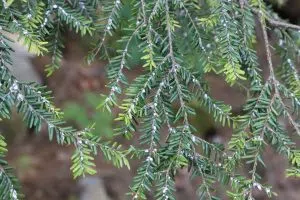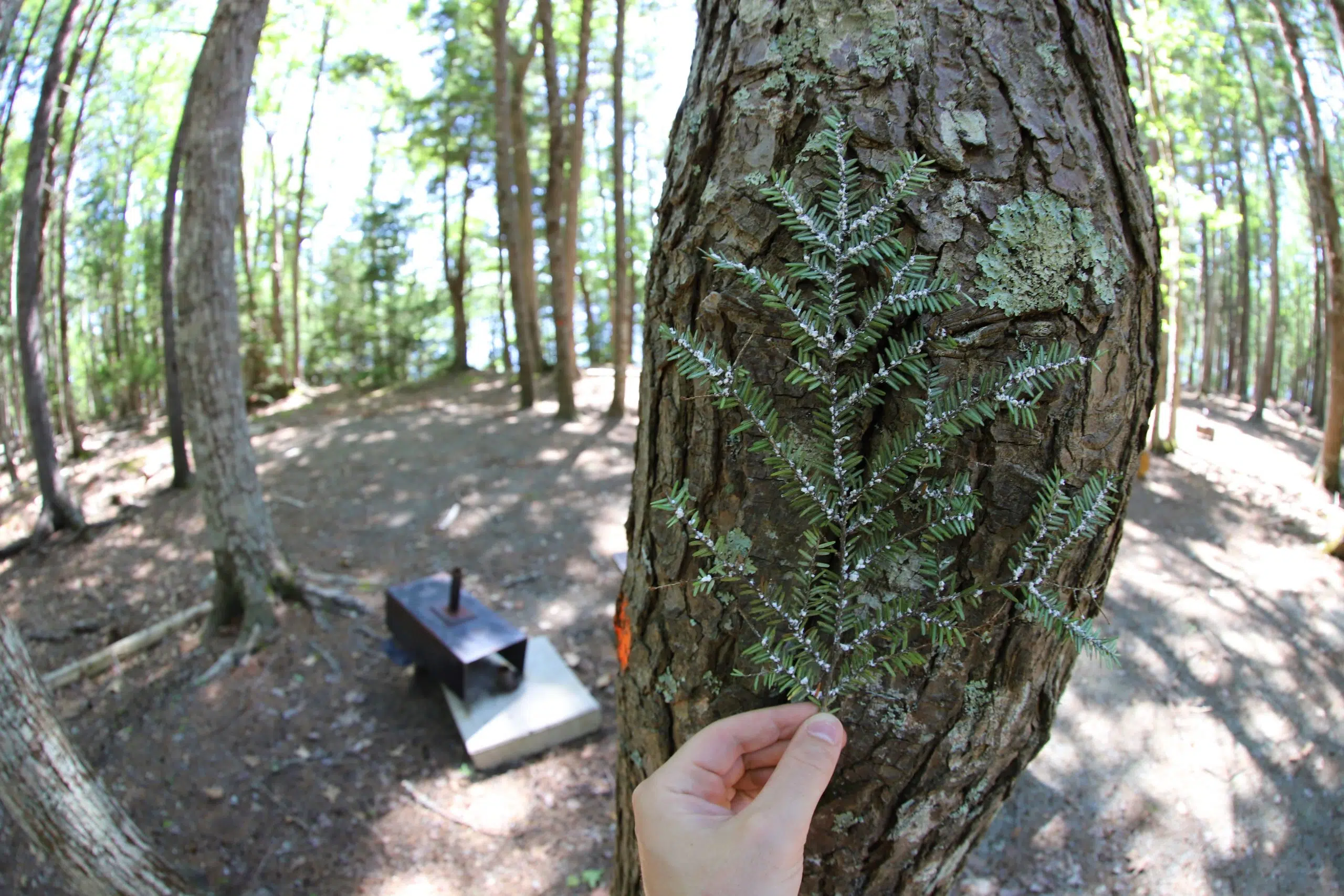This year campers at Kejimkujik National Park and Historic Site are being asked to do their part in preventing the spread of the invasive hemlock wooly adelgids.
Keji first saw the arrival of the invasive species which hails from Japan in 2018, and since then has been trying to come up with management strategies.
Dave Ireland with Parks Canada is overseeing adelgid management efforts and described the impact they’ve had so far, “Parts of the park are infested and the adelgids exclusively eat the eastern hemlock which we have lots of, with no natural predators we need to do whatever we can to limit their spread,” Ireland said.
This year campers at the park are being asked to be vigilant if they visit a hemlock grove in cleaning themselves and their belongings in order to limit their spread.
Ireland says we have now entered the “crawling” phase when adelgids are at their most active phase and it will run until the end of the summer.
“Right now they are very active and can get on your coat, your boots, or your trailer, and what we are really trying to avoid is someone taking these from an infested area of hemlocks in the park to another grove elsewhere in Nova Scotia,” Ireland said.
So far the spread of the hemlock wooly adelgids has been limited to Southwest Nova Scotia and they would like to keep it that way as long as possible.

A closeup of a branch heavily infested and damaged by the hemlock wooly adelgid. Photo: Parks Canada.
Ireland also says work is underway for a more direct solution in the form of a new insecticide. “We’ve been working with our Miq’mak partners in the area on a pilot insecticide which we directly inject into the base of the tree and then it’s spread through the tree’s vascular system, which effectively kills the adelgids.”.
The insecticide development is still in its early stages and Ireland says widespread application is still years away.
The park is also asking people across Southwest Nova Scotia to be on the lookout for trees infected with hemlock wooly adelgids, the most obvious sign of a tree infected is the presence of small wool-looking dots along the branches.
Anyone who spots an infected tree is asked to email hwa@nshemlock.ca.









